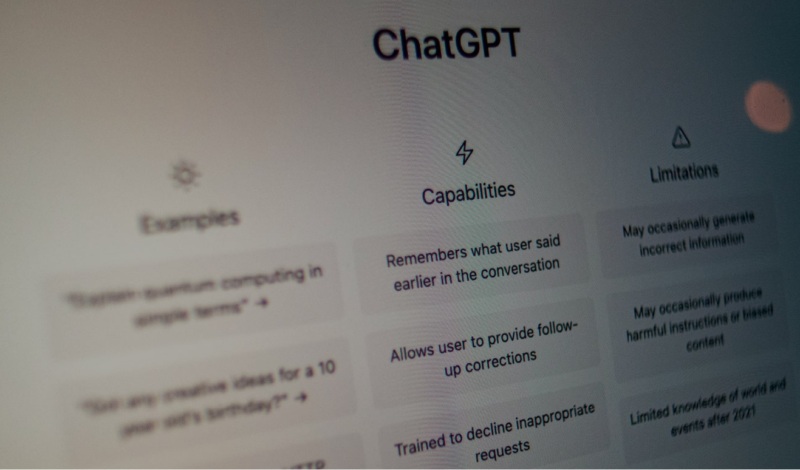
Behind the headlines: Sexism in journalism
This article is from a previous issue of our Get Smart About News newsletter for the general public, which explores timely examples of misinformation as well as press freedom and social media trends and issues. Subscribe to our newsletters.
Women working as journalists increasingly face gender-based violence outside of their newsrooms, including a barrage of threats and hate online. But they also endure it inside their workplaces, from discrimination to sexual assaults and harassment, according to a new Reporters Without Borders (RSF) report detailing the toll sexism has taken on journalism.
“The two-fold danger to which many women journalists are subjected is far too common, not only in traditional reporting fields as well as new digital areas and the Internet, but also where they should be protected: in their own newsrooms,” the report said.

Reporters Without Borders “Sexism’s Toll on Journalism” report, March 8, 2021
Published on March 8 — International Women’s Day — the report includes RSF’s analysis of 112 responses to questionnaires sent to its global correspondents and journalists who cover gender, and collected between July and October 2020.
The trauma female journalists experience due to violence both in and out of the newsroom silences victims and leads some to close their social media accounts or even resign, the report found. Issues affecting women “become invisible” in news coverage when there aren’t enough women in top leadership positions, the report said: “The lack of multiple viewpoints within media organisations has major editorial consequences, including in the representation of women in the content offered to the public.”
Note: A separate March 8 report by the Reuters Institute for the Study of Journalism revealed that 22% of top editors at 240 major news organizations are women.
Related:
- “New York Times Defends Reporter Taylor Lorenz From Tucker Carlson’s ‘Cruel’ Attack” (Jordan Moreau, Variety).
- “Carlson, Times tussle over online harassment of journalist” (David Bauder, The Associated Press).
- “Maria Ressa: Fighting an Onslaught of Online Violence” (International Center for Journalists).
- “UNESCO launches campaign to end online violence vs women journalists” (Rappler).
- “Malign Creativity: How Gender, Sex, and Lies are Weaponized Against Women Online” (Wilson Center).

